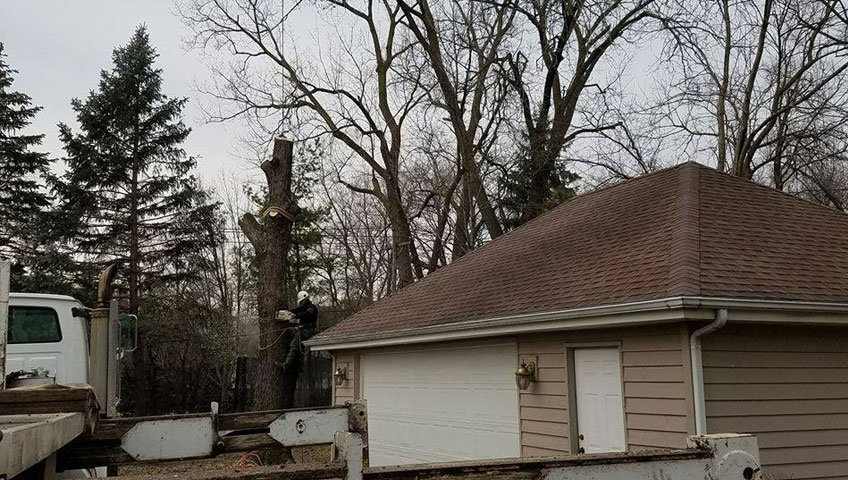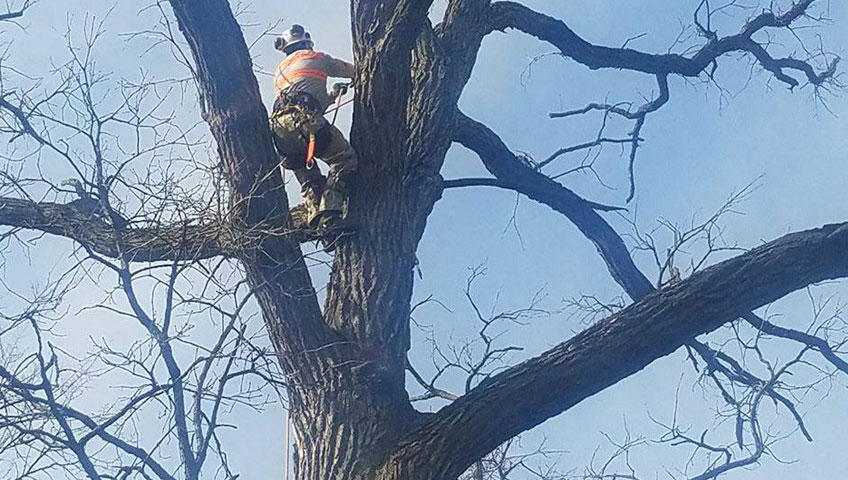
How to Get the Cost of Hazardous Tree Removal Covered by Insurance
Tree Service Company
The best home insurance provides peace of mind for homeowners, especially after a storm hits and hazardous tree removal is required. Find out what you need to consider to get the cost of hazardous tree removal covered by your insurance policy.
Check the Coverage Type and Amount
Many properties across the US carry broad coverage when it comes to storm damage. Your policy specifies the amount actually covered for debris removal caused by storms, including both ends of the spectrum, from broken tree branches to entire trees. Most policies offer around $500 in coverage. Depending on the size of the tree or scope of the tree removal project, this may be more than adequate.
In some cases, such as when the insurance company has evidence of damage to the tree prior to the storm (disease, past damage), this type of claim may be denied or limited. Remember to keep up on your tree and lawn maintenance in order to ensure you have full coverage available when a storm hits.
Consider the Widespread Damage
Even if hazardous tree removal is covered under your house insurance policy, any damage to your vehicle due to falling branches or fallen trees may need to be handled by your auto insurance company. It’s worth a phone call to both to find out which policy provides optimum coverage.
Speak to your neighbors after a storm hits to find out whether any of your trees or landscaping debris have damaged their property. This type of damage could go through their own policy for efficiency’s sake.
Speak to your insurance company about the specific coverage offered in your case and find out if any local hazardous tree removal experts handle specific cases. Get this problem taken care of (and paid for) as soon as possible after a storm.

